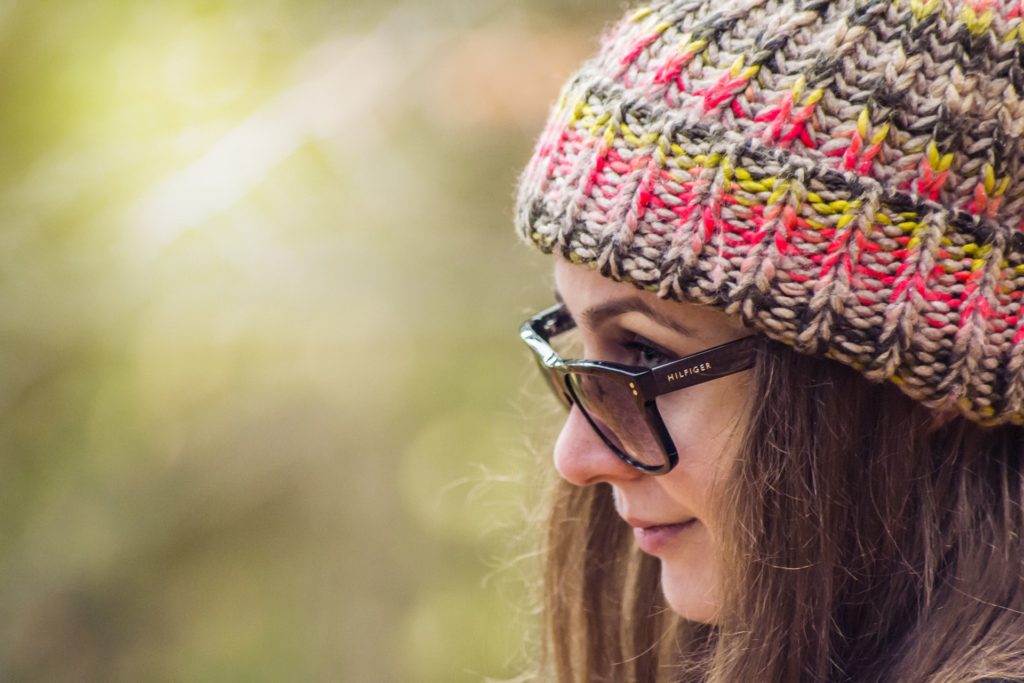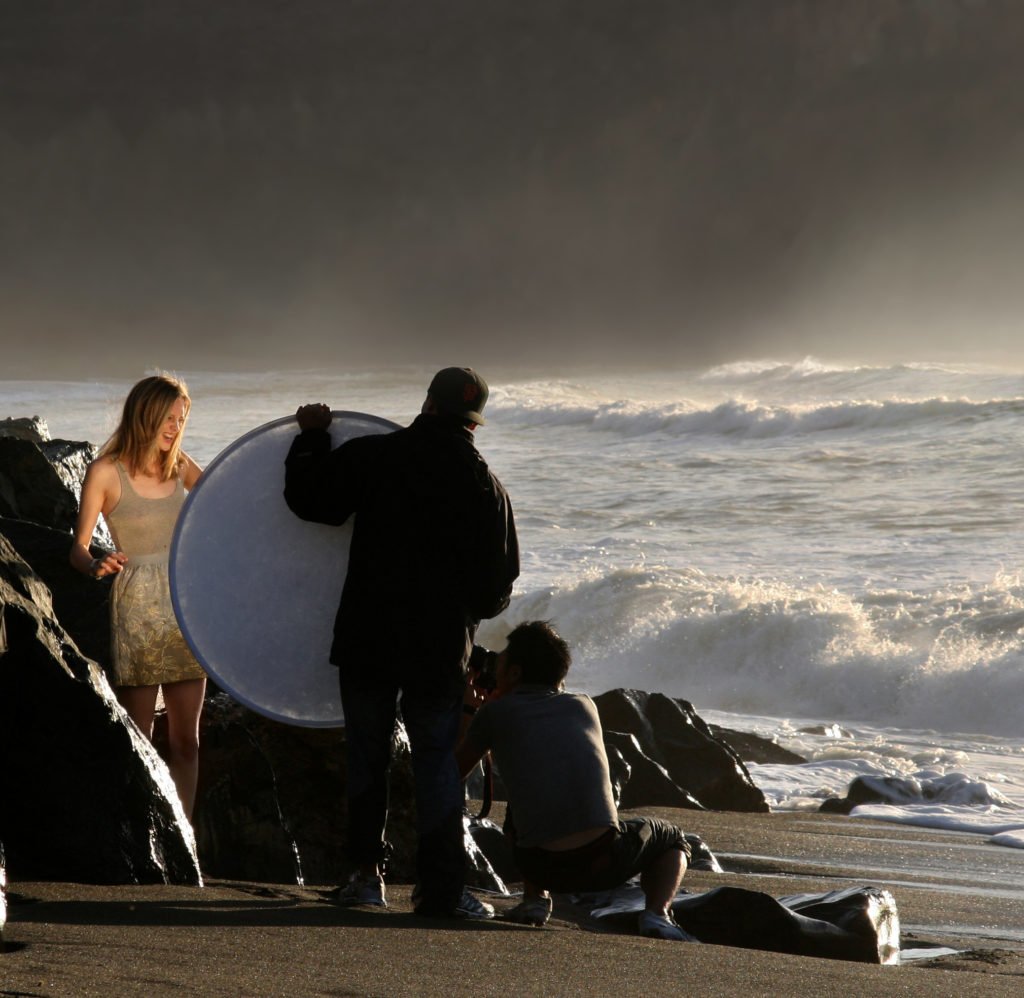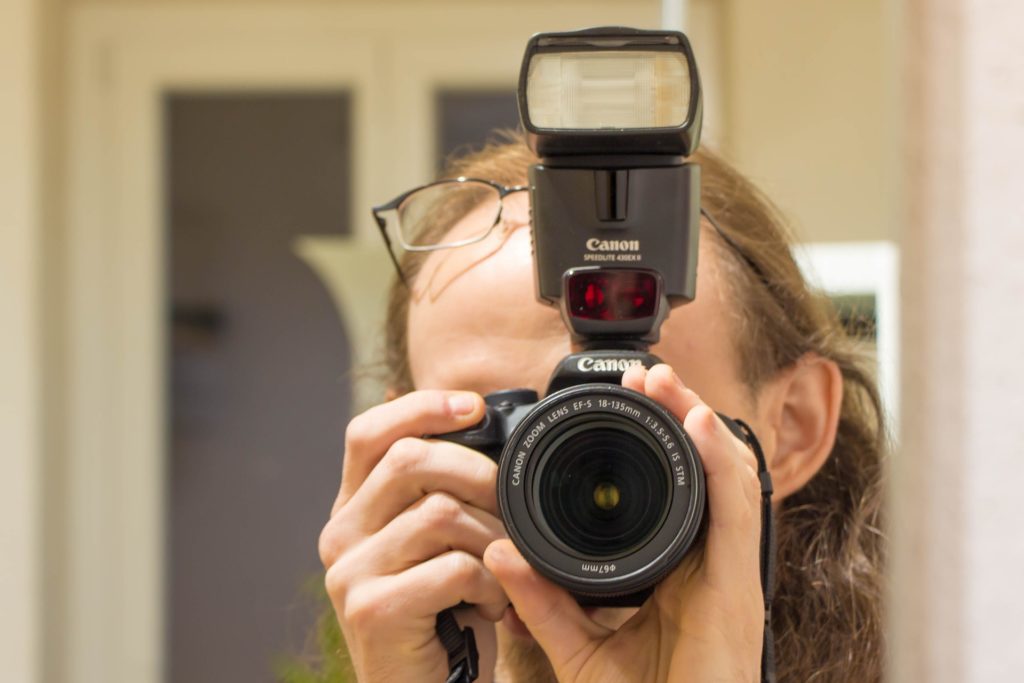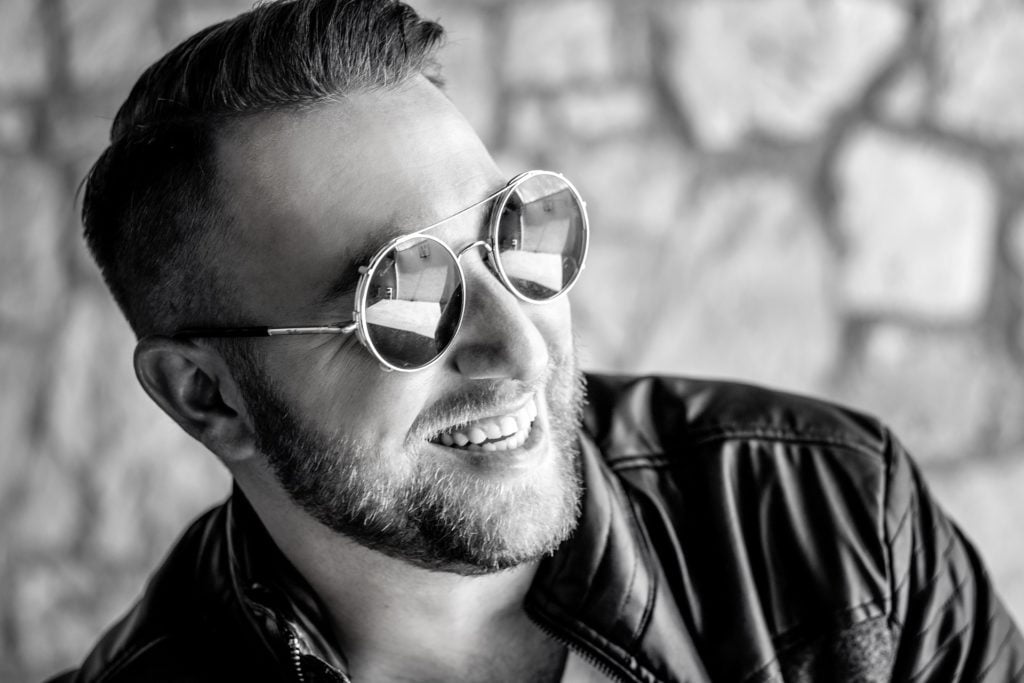Portrait photography is one of the most beautiful forms of photography one has ever had. You get the opportunity to capture someone at a specific moment in their life and that moment is never the same again. You usually take portrait photos especially of the person portrayed. Keep that in mind when you get started. You have to put him or her as cheaply as possible. People find themselves in a photograph quickly not well represented, so it is extra value if you manage to capture them at their best. Here are some portrait photography techniques we believe can help you at the end of this article.
1.Preparation
Did someone ask you to take a few portrait photos? In that case, take note of the customer’s wishes. You can contribute your creative ideas, but it makes no sense to take black and white photos when the customer expects color photos.
Are you going to do a photo session with a garden, house or interior as a background? These backgrounds may be suitable for family photos, to portray people at some point in their lives. Sometimes children are photographed around the same time each year to show how they and their environment change as time passes.

If the photos are intended for a CV or business report, you usually use a neutral background. A painted wall indoors would be suitable, but you can also hang a sheet outside and use it as a background.
2.Use a large aperture opening
An easy way to give a portrait photo a professional look is by working with a large aperture opening (low aperture number). A low aperture number ensures that the depth of field in your photo is small. It will affect the background, causing your subject to come off the environment. There is no better way to draw the attention in a photograph to your topic than by focusing only on the issue.

Set your camera to Av or A mode (aperture priority) and select the smallest possible number (f / 3.5 or f / 2.8 for example). Also make sure that the distance between you and the model is low, while the distance between the model and the background is as significant as possible. Your subject will undoubtedly be separated from the context in this way. Check out my bokeh photography tutorial.
3.Natural lighting
The most comfortable and cheapest lighting for portraits is daylight. Daylight can be very active if there is enough light and the weather conditions are not inconvenient.
Indoors you use a window facing north on a bright day. It ensures soft lighting that makes the portrait look better than the average photographs. Have the person look in the direction of the window and take the photo from the side for an attractive profile photo. If the person turns his head to look at the camera, you get a portrait with lateral lighting. Use a reflection screen on the side of the face opposite the window to add details to heavy shadows.

A large white surface, for example, a large piece of white cardboard or even a newspaper page, can be used as a reflection screen. If you do not have a standard for the reflection screen, you can see if anyone can hold the screen in front of you. If you only put the head and shoulders on the photo, it is even possible that the subject keeps a reflection screen under his / her face, just outside the camera’s range. Reflected light from below creates a glow on the front.
When taking photos outside, make sure that the sun is always on the subject. It keeps the whole face in the shade, giving it soft lighting. To avoid underexposure, increase the exposure compensation by about +1.

4.Electronic Flash
Daylight is not a constant light source. A flash, on the other hand, is reliable, consistent and always available. However, when taking portrait photos indoors, a flash must be used with care to avoid exposure to harsh shadows.
One option is to reflect the flash exposure through a white ceiling or a white wall. Some Speedlites can be tilted so you can aim the flash at the ceiling. Some Speedlites can be tilted sideways so that the flash can reflect through the wall. The automatic flash exposure remains active; camera sensors compensate for the illumination that is lost due to the reflection.
Reflecting the flash through a wall or ceiling is better than direct flash exposure, but does not give full control over the exposure. For this, you have to remove the Speedlite from the camera, turn it away from the subject and let the flash reflect from a white nylon reflection umbrella on a pedestal. Several of the current Speedlites offer wireless flash control. With a transmitter on the camera, one or more external Speedlites can be automatically operated for correct flash exposure.

Multiple Speedlites give you total control of portrait photography indoors. Often a setup is chosen where one Speedlite and reflection umbrella are used on the side of the camera, which ensures soft lighting of the subject. On the other front of the camera, an ordinary reflection screen is used to illuminate the shadow zones slightly. A second Speedlite can be used behind the subject to illustrate the background or the back of the matter. It gives a light glow around the head. The backlight separates the issue from the environment, as it were, giving depth to the photo.
5.Convert to black and white color
Color often does not play an essential role in a portrait photo. As a result, portrait photographs are often also right to convert to black and white. By removing the color, the attention goes entirely to lines, structure and the subject itself. So be sure to try to convert a portrait photo to black and white.

6.Experiment
Finally, you get the unique photos by experimenting. It is essential to know the basics; understand how your camera works and what you achieve with which settings. Know which ‘rules’ are there to make a beautiful portrait photo. Then you can play and experiment with that. So you can take pictures that are different than regular and jump out
Never struggle with the which kind of portrait to go for again.You no longer need to ask yourself which mode to use while taking your pictures; the above few tips will help you get the photographic portrait of your own choice.